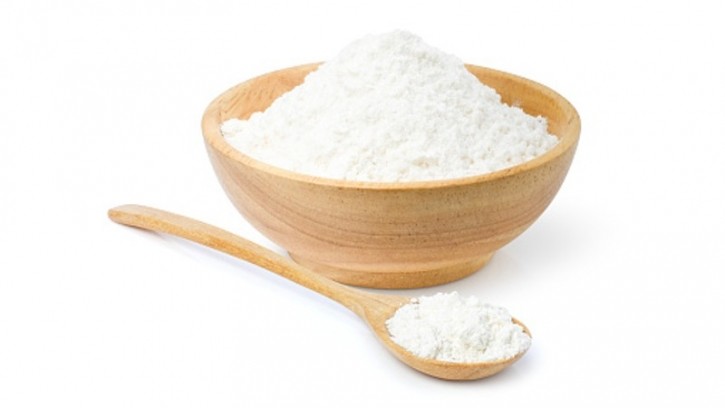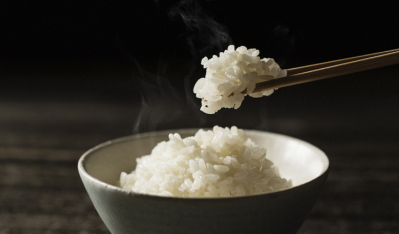Wheat replacement: South Korea partners with local food brands to intensify rice flour NPD

In September last year, South Korea had already indicated plans to utilise rice flour as a substitute for wheat flour, primarily motivated by the Russia-Ukraine crisis which hit supplies of the latter.
The Ministry of Agriculture, Food and Rural Affairs (MAFRA) has now moved to the next step of its national ‘Rice Product Development Project’ in collaboration with 15 major local food and beverage firms expected to create 19 new rice-based products this year.
“The use of powdered rice (a form of glutinous rice flour) as a new food ingredient is key for South Korea to achieve food sovereignty and address the supply-demand balance of rice,” MAFRA Minister Jeong Hwang-geun said via a formal statement.
“MAFRA has selected 15 companies to work with on this national project, based on the potential of the products and the product development capabilities of the companies – prototype development and consumer testing is expected to be completed within the year.”
Amongst these, Nongshim will be testing the production of rice-based noodles and bread crumbs for frying; Samyang Foods will be making jjajang ramen and ramen snacks; Mideum will be making rice-based bread; and Pulmuone will be creating high-protein snacks amongst others.
A total of four types of noodles, five types of bakery products, seven types of snacks and three other products are in development.
“Powdered rice can be produced via dry-milling with no soaking in water involved, making environmentally-friendly production on a large scale possible at a relatively low cost,” MAFRA added.
Rice crisis aversion
In addition to wheat supply shortage in the country, the overproduction of rice in South Korea has also led to rice prices dropping significantly since 2022, with the local sector commonly described as in a ‘state of crisis’.
MAFRA data has also indicated that the annual per capita rice consumption of Korean consumers has also significantly decreased over the years, estimated to have plummeted some 40% since the year 2000.
“Rice is currently already being overproduced in South Korea, so this project [can help to solve two issues simultaneously] and lead the growth of the local food industry as well,” MAFRA Food Policy DG Jeong Han-yeong added.
“[The idea is to] expand the use of powdered rice as an ingredient for more familiar food products within the food industry so consumers get more comfortable, and at the same time spread the use of these products in accordance with consumer demand.”
In accordance with these more forward-looking product stratgeies, other ongoing projects in collaboration with academic institutions are a low-carbohydrate rice flour involving Shinsegae Food, and an anti-ageing rice flour ingredient involving CJ Cheiljedang.
“These research and development projects aim to increase the utilisation of powdered rice as food ingredients separately from processed product development,” the ministry added.
“This is targeted to expand the consumption base of powdered rice by going beyond the limits of the existing processed foods market for rice-based products.”






















